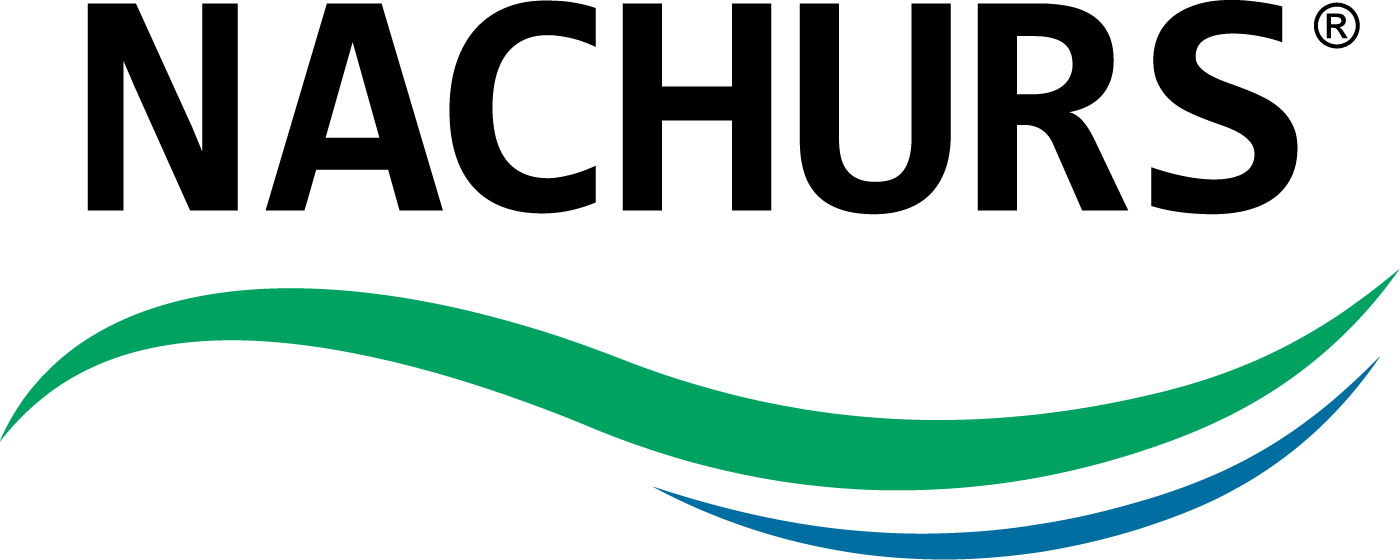Soil Health: a Function of Time in Nature and Practice in Production Agriculture
If anyone has ever cleared off timber to open up new farm ground you can testify to the health of that soil and the impact it has on the early crops from that new farm. That’s a testimony to time and Mother Nature. Over time the balance and the state of the physical, chemical and biological property of the new soil came to be. Completely supportive, sustainable and self-perpetuating. It isn’t until we take a step back a few years in passing that we realize that the heathy soil advantage is being impacted by our practice and cropping methods. Well I think we have all been in that scenario and have all had those same thoughts, wishing we could build that healthy soil again. In the length of my own career I have seen this revelation and more importantly I am seeing it swing back the other way and much of our work now is focused on rebuilding our soil health. With so much talk out there about Soil Health it can begin to sound like a quick fix, just add a little of this and do a little of that and your all set. I wish it was that easy and the soils were that quick to respond! I don’t want to get into this too deeply, we’ll save that for another conversation, but I would like to touch upon a few basic thoughts on the subject. The truth is, Soil Health is as much about what you do as it is what you use! You see true Soil Health is a balance of soil properties. A healthy soil is one that has sufficiency and balance between the Physical,the Chemical and the Biological properties of the soil. The Physical propertiesof the soil is about structure, the particle shape and size, the balance between sand, silt, clay and soil organic matter and the soil porosity. The Physical property is where the crop will find anchorage, the presence of oxygen, water, carbon and the storage of nutrient. Where symbiotic biology resides and where the fuel for growth is exchanged. Things that can decrease the physical soil attributes are poor aggregate balance where soils lack balance between the particle types and may possess too much sand, silt, clay or soil organic matter in proportion to the other components. They are soils that are too open or soils that lack porosity and can hold little water or oxygen due to overworked soil, soil worked too wet or due to flooding as many areas have experienced this growing season. There are practices that we can adopt that will support or improve the physical state of our soils and the first practice must be discipline! Resist the urge to make all of those historical tillage passes and stay off wetter soil until its ready. Consider Minimum or No-Tillage systems and strongly consider introducing cover crops into your practices. Cover crops can help us improve structure and build carbon back into the soil. Cover crops also penetrate soil layers and aggregates while supporting nutrient mineralization, repositioning and/or sequestration. Cover crops also provide a thriving environment for biology during the between season of agricultural crops. A healthy Physical soil structure will provide a place for the crop to grow, where roots can freely explore the spaces between soil aggregates and acquire the necessary components for growth. Chemical properties of the soil, in part, build off of the soil structure. The total exchange capacity of soil is impacted by the balance of soil colloids. Sand, silt, clay and soil organic matter particles all have independently unique exchange capacities. Nutrient balance and pH are key components to the Chemical property of soils. Soils without nutrient balance will not support effective nutrient exchange and will result in plant stress or nutrient deficiency. An over present nutrient can act like an antagonist to other nutrients and impede nutrient uptake. A good example of this is too much calcium. Too much calcium can and will complex with phosphorus forming calcium phosphate rendering both nutrients useless. It will also tend to push potassium off the soil colloid and if not taken up by the crop will expose the liberated potassium to precipitation through the soil profile, especially if it happens to be sandy in structure. Soil pH can influence this action dramatically! The pH of a soil can impact nutrient availability and overall soil health not only by promoting complexes but it will also have an impact on the solubility of many nutrients. A good example here would be iron! The plant uptake form of iron is a divalent form or a Fe2+ form. Iron residing in soils with a pH of 6 to 6.5 will support this Fe2+ form however if the pH is allowed to increase over 6.5 that Iron molecule’s state of oxidation will be altered and convert to a Fe3+ or even a Fe4+ form and the solubility of that iron molecule will decrease exponentially. At that point even if you can have an abundance of iron reported on a soil test you could still see iron deficiency in your crop. The natural tendency in soil chemistry is that a soil left alone to the devices of nature will over time find equilibrium. However a soil in crop rotation that is out of balance due to poor nutrient management, overproduction or the destruction of nutrient exchange capacity will tend to add stress on crops and impact overall crop production in that environment. The Chemical soil environment can also impact the Biological property of the soil! Soil Biology can reside in a wide range of soil environments, some forms of biology function better in a higher pH for example while others prefer a lower pH. Some perform better in soils with higher nutrient levels while others in lower levels. The scope and concentration of soil biology is a tender balance originating over many years and is very specific for that environment and indigenous plant community. In years past, our soils were more capable to recover from our cropping methods. We did less tillage in some respects, we added more organic matter back into the soil and in many cases fallowed and used more companion and cover crops. Our pesticide focus was different then and we used more mechanical means of weed control. More importantly we didn’t carry out as much and push our soils then as we do today. This realization has prompted many to seek methods of production today and choose products that support soil health. Even our industry as a whole finds value in this venture, so much, that great effort is being put into research, production and education towards the use of such products and methods. We’re having some impact with nutrient, traffic and tillage management and we’re now making headway with the introduction of biological inputs. We are harvesting more bushels per acre in some cases by recreating that healthy soil environment and managing the details, the small players in our production, the soil biology. NACHURS Rhyzo-Link is a product line focused on promoting soil and plant health. NACHURS Rhyzo-Link products are fortified with a cultured consortium of highly populated Rhizobacteria and are built with purpose, designed to restore and promote beneficial bacteria necessary for sustainable crop production. Not only is rhizobacteria needed in plants to support biological function, nutrient mineralization and assimilation but rhizobacteria have a role to play in soil balance and in soil health as well. Production practices and products to rebuild soil health may very well be the key to the future of sustainable Agriculture! You can find more information on our Rhyzo-Link products on our website at www.nachurs.com , from previous blogs or from any of our NACHURS representatives.

If anyone has ever cleared off timber to open up new farm ground you can testify to the health of that soil and the impact it has on the early crops from that new farm. That’s a testimony to time and Mother Nature. Over time the balance and the state of the physical, chemical and biological property of the new soil came to be. Completely supportive, sustainable and self-perpetuating.
It isn’t until we take a step back a few years in passing that we realize that the heathy soil advantage is being impacted by our practice and cropping methods. Well I think we have all been in that scenario and have all had those same thoughts, wishing we could build that healthy soil again. In the length of my own career I have seen this revelation and more importantly I am seeing it swing back the other way and much of our work now is focused on rebuilding our soil health.
With so much talk out there about Soil Health it can begin to sound like a quick fix, just add a little of this and do a little of that and your all set. I wish it was that easy and the soils were that quick to respond! I don’t want to get into this too deeply, we’ll save that for another conversation, but I would like to touch upon a few basic thoughts on the subject.
The truth is, Soil Health is as much about what you do as it is what you use! You see true Soil Health is a balance of soil properties. A healthy soil is one that has sufficiency and balance between the Physical ,the Chemical and the Biological properties of the soil.
The Physical propertiesof the soil is about structure, the particle shape and size, the balance between sand, silt, clay and soil organic matter and the soil porosity. The Physical property is where the crop will find anchorage, the presence of oxygen, water, carbon and the storage of nutrient. Where symbiotic biology resides and where the fuel for growth is exchanged.
Things that can decrease the physical soil attributes are poor aggregate balance where soils lack balance between the particle types and may possess too much sand, silt, clay or soil organic matter in proportion to the other components. They are soils that are too open or soils that lack porosity and can hold little water or oxygen due to overworked soil, soil worked too wet or due to flooding as many areas have experienced this growing season.
There are practices that we can adopt that will support or improve the physical state of our soils and the first practice must be discipline! Resist the urge to make all of those historical tillage passes and stay off wetter soil until its ready. Consider Minimum or No-Tillage systems and strongly consider introducing cover crops into your practices.
Cover crops can help us improve structure and build carbon back into the soil. Cover crops also penetrate soil layers and aggregates while supporting nutrient mineralization, repositioning and/or sequestration. Cover crops also provide a thriving environment for biology during the between season of agricultural crops.
A healthy Physical soil structure will provide a place for the crop to grow, where roots can freely explore the spaces between soil aggregates and acquire the necessary components for growth.
Chemical properties of the soil, in part, build off of the soil structure. The total exchange capacity of soil is impacted by the balance of soil colloids. Sand, silt, clay and soil organic matter particles all have independently unique exchange capacities.
Nutrient balance and pH are key components to the Chemical property of soils. Soils without nutrient balance will not support effective nutrient exchange and will result in plant stress or nutrient deficiency. An over present nutrient can act like an antagonist to other nutrients and impede nutrient uptake.
A good example of this is too much calcium. Too much calcium can and will complex with phosphorus forming calcium phosphate rendering both nutrients useless. It will also tend to push potassium off the soil colloid and if not taken up by the crop will expose the liberated potassium to precipitation through the soil profile, especially if it happens to be sandy in structure.
Soil pH can influence this action dramatically! The pH of a soil can impact nutrient availability and overall soil health not only by promoting complexes but it will also have an impact on the solubility of many nutrients.
A good example here would be iron! The plant uptake form of iron is a divalent form or a Fe 2+ form. Iron residing in soils with a pH of 6 to 6.5 will support this Fe 2+ form however if the pH is allowed to increase over 6.5 that Iron molecule’s state of oxidation will be altered and convert to a Fe 3+ or even a Fe 4+ form and the solubility of that iron molecule will decrease exponentially. At that point even if you can have an abundance of iron reported on a soil test you could still see iron deficiency in your crop.
The natural tendency in soil chemistry is that a soil left alone to the devices of nature will over time find equilibrium. However a soil in crop rotation that is out of balance due to poor nutrient management, overproduction or the destruction of nutrient exchange capacity will tend to add stress on crops and impact overall crop production in that environment.
The Chemical soil environment can also impact the Biological property of the soil!
Soil Biology can reside in a wide range of soil environments, some forms of biology function better in a higher pH for example while others prefer a lower pH. Some perform better in soils with higher nutrient levels while others in lower levels. The scope and concentration of soil biology is a tender balance originating over many years and is very specific for that environment and indigenous plant community.
In years past, our soils were more capable to recover from our cropping methods. We did less tillage in some respects, we added more organic matter back into the soil and in many cases fallowed and used more companion and cover crops. Our pesticide focus was different then and we used more mechanical means of weed control. More importantly we didn’t carry out as much and push our soils then as we do today.
This realization has prompted many to seek methods of production today and choose products that support soil health. Even our industry as a whole finds value in this venture, so much, that great effort is being put into research, production and education towards the use of such products and methods.
We’re having some impact with nutrient, traffic and tillage management and we’re now making headway with the introduction of biological inputs. We are harvesting more bushels per acre in some cases by recreating that healthy soil environment and managing the details, the small players in our production, the soil biology.
NACHURS Rhyzo-Link is a product line focused on promoting soil and plant health. NACHURS Rhyzo-Link products are fortified with a cultured consortium of highly populated Rhizobacteria and are built with purpose, designed to restore and promote beneficial bacteria necessary for sustainable crop production.
Not only is rhizobacteria needed in plants to support biological function, nutrient mineralization and assimilation but rhizobacteria have a role to play in soil balance and in soil health as well. Production practices and products to rebuild soil health may very well be the key to the future of sustainable Agriculture!












